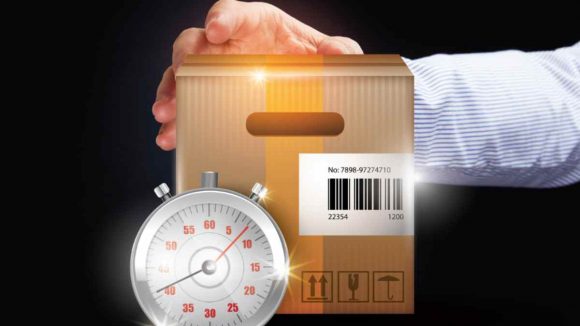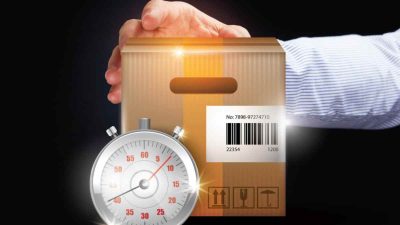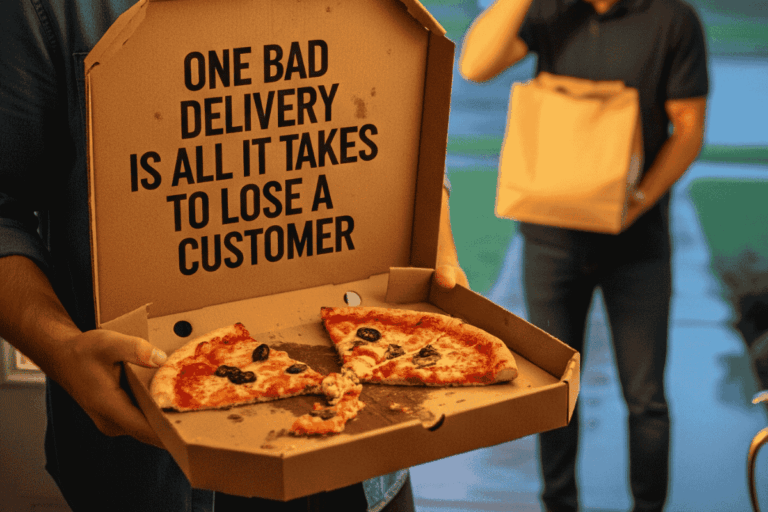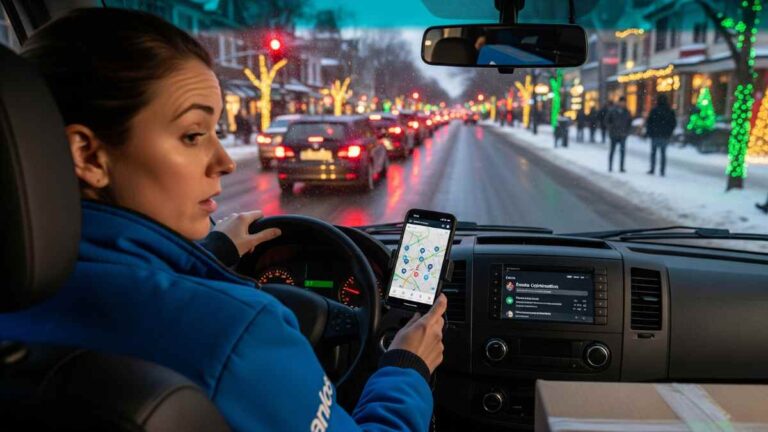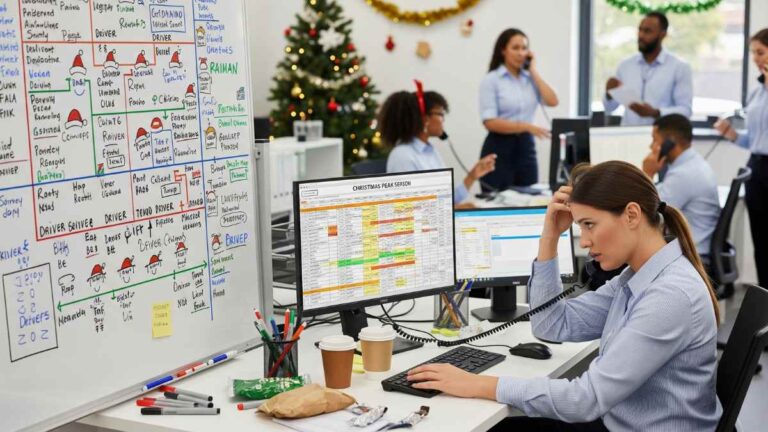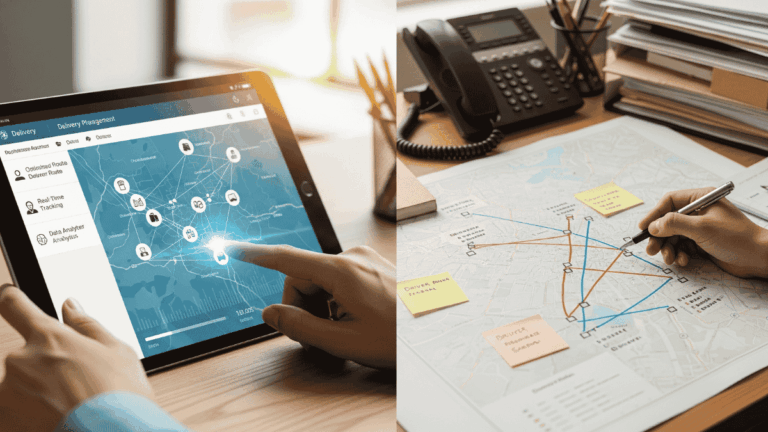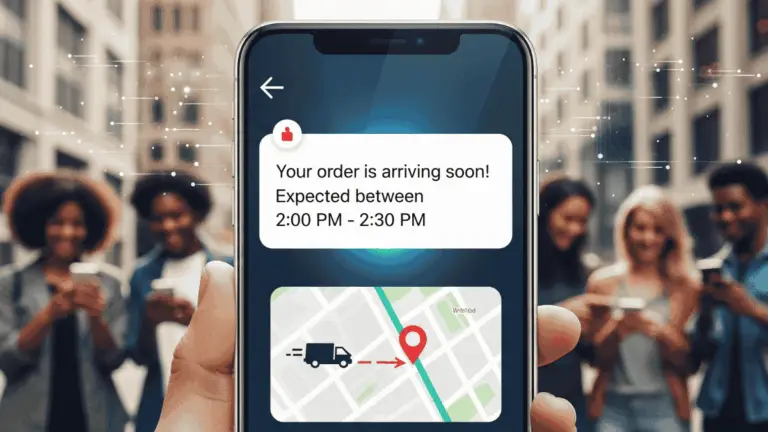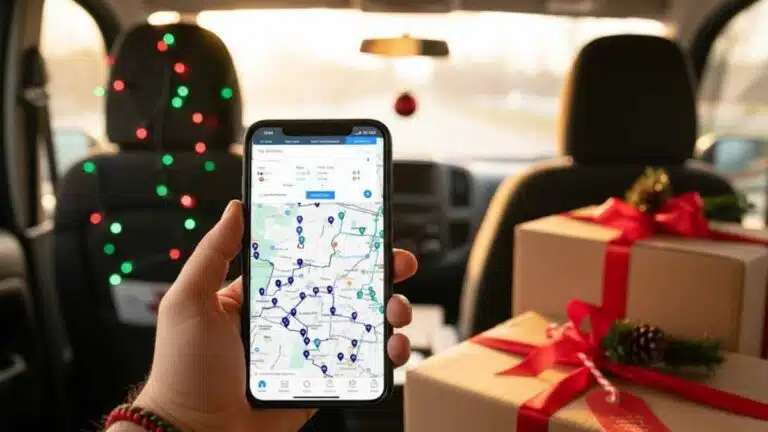Uncertainty creates confusion, but with live package tracking, transparency is paramount to a successful delivery and happy customer. With open communication, especially when there is a delay in the process, customers can mitigate their expectations and emotions.
Uber has changed the way customers want to view their driver’s status. Making the driver’s location visible in real time to customers, creates an expectation for other services to deliver the same transparency. They want to see every step of the journey, although they can’t really do anything if there is a delay.
To create that transparency, this live package tracking guide will help customers with frequent questions and business owners understand its importance.
What is Live Package Tracking?
Live package tracking refers to the real-time monitoring of shipments. With a tracking number, customers can view the exact location of their parcels, track shipments in transit, and receive instant updates on their status.
Giving customers an estimated time of when parcels can be expected takes the guessing and frustration of making arrangements to be at home out of the process.
Customers will receive a message via SMS, email, or push notification setting the expected date and time window. The message also includes a tracking number.
How Live Package Tracking Works
Package tracking uses GPS technology and data integration to provide real-time updates on the location and status of a shipment.
Courier services like FedEx, UPS, DHL, and Australia Post offer live tracking services, allowing customers to follow their packages.
Here’s an example: Amart Furniture in Australia notifies customers when its driver leaves the depot. The message reads, “Your delivery is en route for the day, and here’s the estimated arrival time.”

When the delivery is completed, the customer receives a second message confirming that the driver has delivered the parcel. Locate2u software, which is used by Amart, then asks the customer to rate the driver.
Why do You Need a Tracking Number?
A tracking number is the key to accessing live parcel tracking. When a shipment is processed, a unique tracking number is assigned. It’s like a reference for the package. It helps to locate it at various points of where it is in the transit journey.
It also helps provide convenient information to customers about where the package is when they inquire about a missing or delayed parcel.
In short, a tracking number helps with:
- Check parcel status.
- Expected delivery date and time.
- Tracking missing parcels.
Benefits of Live Parcel Tracking
Live parcel tracking offers several benefits. The most common is that it creates transparency. When customers can see where their package is, they can wait a bit longer.
A tracking number also gives them peace of mind, reducing the number of anxious calls or messages your customer support team must deal with. It, therefore, frees up employees to focus on more important work than tracking down parcels for customers.

From a business perspective, it helps manage shipments better, and logistic companies can optimize routes by using the tracking number.
How to Find Your Tracking Number
Most online stores provide a tracking number via email, SMS, or push notification within their app.
Australia Post has MyPost, which allows customers to track parcels, redirect deliveries,, and choose a safe place to leave the parcels. This can only be done when you have a tracking number.
How to Use a Live Package Tracking Map
DHL explains this as a live streaming service just for packages. A live parcel tracking map visually displays the real-time location of your package.
By entering your tracking number on a courier’s website or app, customers can view where their package is on the map and when it is expected to arrive.
The Difference Between ETA and ETD
Estimated Time of Arrival (ETA) indicates when a vehicle or service professional is expected to arrive at the destination. This is used in logistics to inform customers when their parcels or service will reach the address provided.
ETD can mean two things: Estimated Time of Delivery or Departure.

Estimated Time of Delivery is when the parcel is expected to be handed over to the customer. If it’s an office block, the ETA indicates when the driver will arrive at the building, and the ETD the specific time the parcels will reach your floor and office received by you.
Estimated Time of Departure refers to the time when the parcel leaves the warehouse or storage facility.
Who Needs ETA, ETD, or Live Tracking?
Private customers are mostly concerned with ETA. They want to know when their package will arrive so they can make sure someone is available to receive it.
Commercial customers often need both ETA and ETD to better plan. This could be to notify the receptionist or get an access code for the security gate.
Dispatchers need real-time tracking. This is for quick decision-making. They won’t be able to work with estimates.
When to notify customers?
Out for Delivery kicks off the last mile delivery process, in which customers want to know exactly what is happening with their parcel as it’s in transit to their address.
When a tracking status shows Out for Delivery, businesses should start communicating with customers that their package is almost at their doorstep.
What Signals Out for Delivery?
This status indicates that the recipient should be prepared for the package.
For many companies, this is the last notification to remind customers to be available to receive their parcels.
If a parcel has been marked Out for Delivery but doesn’t arrive at the customer’s door by the end of the day, this may indicate an issue.
It could be that the address information is incomplete, and in order to deliver accurately more information is needed before dispatching.
Common Issues with Live Package Tracking
Live package tracking can sometimes experience delayed updates or failed deliveries. When parcel tracking stops updating, it’s often due to a delay experienced in transit.
It can also be due to a technical glitch, which requires time for the tracking system to update the parcel’s progress.
Delayed updates result from tracking information not being updated in real time. If a delivery attempt fails, the tracking status will indicate this. You might have to reschedule or pick up the package yourself.
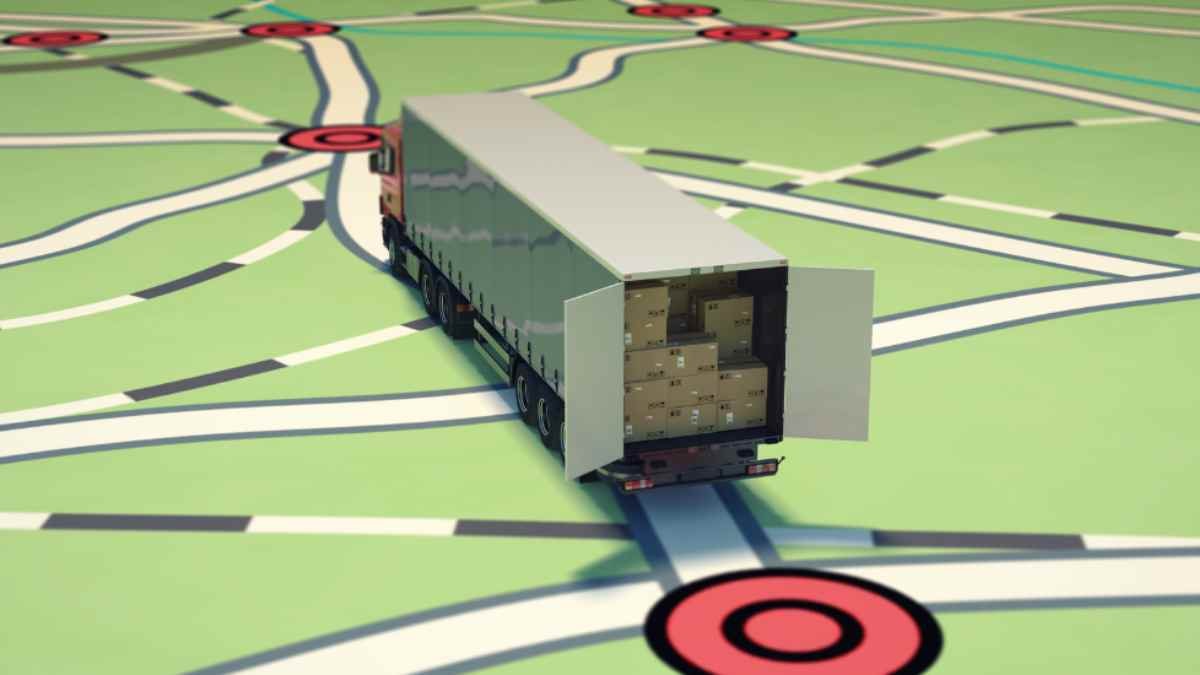
Handling Package Delays
Package delays can be frustrating. Some can be avoided, but there are other instances where they are simply out of anyone’s control.
A good delivery company will explain that businesses can communicate with customers to help avoid disappointment.
This could be because of:
- Bad weather.
- High shipping volumes (during peak season).
- Shipping delays like the Red Sea crisis.
- Incorrect or incomplete addresses.
Customers may be more understanding if given a reason for the delay. Most tracking systems will notify you about the delay and provide a new estimated delivery date.
How to Resolve a Delivery Delay
If your delivery is significantly delayed, some steps can be taken. Here are a few ideas to consider.
Step 1: Check the tracking information for updates and explanations.
Step 2: Contact the courier service by providing the tracking number.
Step 3: Arrange for the parcel to be held at a local facility for pickup or redirected to a different address.
How to Deal with Failed Delivery Attempts
If a customer is not available for the delivery on the day, it’s registered as a failed delivery. A failed delivery costs a company money and future business.

Three scenarios can contribute to a delivery not succeeding the first time.
- Incorrect address.
- Unable to gain access to an office park or security complex.
- No one was home.
If a parcel can’t be delivered, the courier will attempt to redeliver it. If they cannot, the parcel will be returned to the sender.
Why Proof of Delivery Matters
Proof of Delivery (POD) or delivery confirmation is the final step of the shipping process. This can save a company from long conversations with customers disputing why they haven’t received their parcel.
POD is when a courier snaps a photo of the parcel placed on the arranged porch or inside a garage. It serves as a receipt for companies that the delivery process has been successful.
It’s crucial not only for a business but also for a customer. For the recipient, it offers peace of mind, ensuring that the package is safely stored. It can also help resolve disputes and help allocate a misplaced parcel.
Monitoring Delivery Performance
Tracking updates is important for a logistics planner. Companies use the data to monitor their delivery performance. It’s also used to identify challenges, bottlenecks, and stumble blocks that can be addressed to improve the customer experience.
Companies use the data to optimize their shipping strategies and move as the demand grows.
This is especially important during peak seasons like Christmas, Black Friday, and Thanksgiving when online orders and returns spike.
About the author
Mia is a multi-award-winning journalist. She has more than 14 years of experience in mainstream media. She's covered many historic moments that happened in Africa and internationally. She has a strong focus on human interest stories, to bring her readers and viewers closer to the topics at hand.

